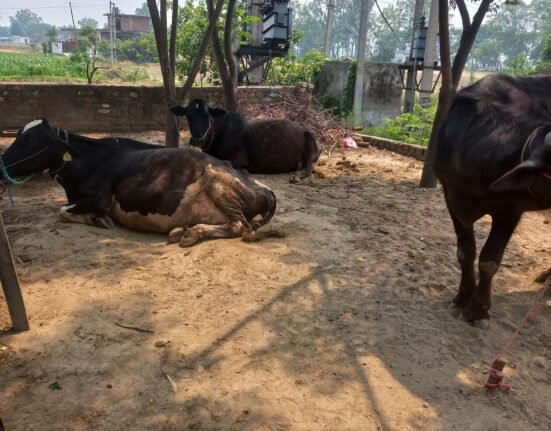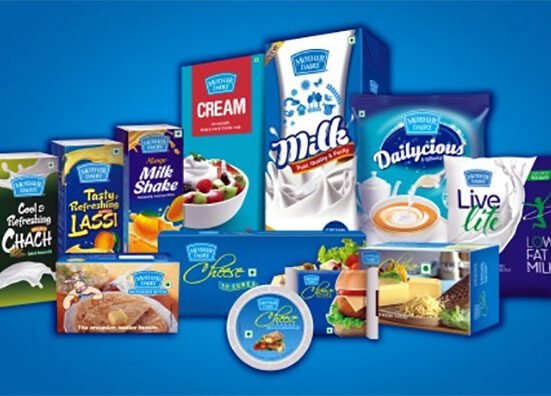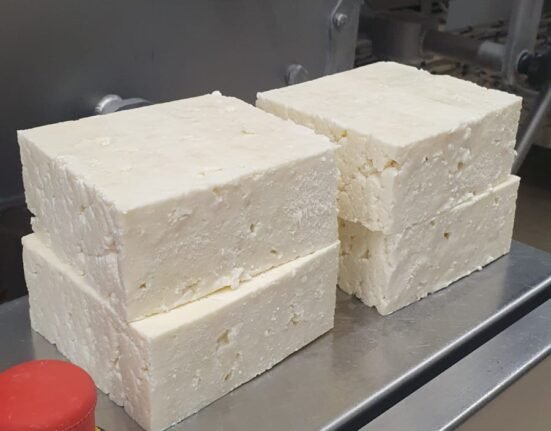A high-level delegation from India’s Ministry of Commerce has arrived in Washington, D.C., to resume negotiations on the much-anticipated Bilateral Trade Agreement (BTA) with the United States. Talks began on Monday and are set to continue through Thursday, with India’s chief negotiator Rajesh Agrawal scheduled to join midweek.
The focus of this round of discussions includes several sensitive sectors‚ÄĒagriculture, dairy, steel, aluminium, and automobiles‚ÄĒthat have remained points of contention in previous rounds. Dairy, in particular, remains a non-negotiable issue for India, which continues to reject tariff concessions under all its Free Trade Agreements (FTAs).
“India has consistently opposed tariff cuts on dairy and agri-products, citing the need to protect millions of rural livelihoods,” a senior official reiterated.
The talks follow an earlier negotiation phase held in Washington between June 26 and July 2. India’s deputy chief negotiator is currently leading discussions, aiming to resolve critical issues before a potential interim agreement is formalised later this year.
Tariff Tensions and Timelines
This negotiation phase is taking place against the backdrop of deferred U.S. tariff hikes. Initially announced on April 2 by the Trump administration, additional tariffs on multiple countries‚ÄĒIndia included‚ÄĒwere postponed first to July 9 and now to August 1. Notification letters were sent starting July 7 to various nations, including Japan, South Korea, Malaysia, and South Africa.
India is pushing for the removal or reduction of steep U.S. tariffs‚ÄĒup to 50% on steel and aluminium, and 25% on automobiles. The U.S., meanwhile, continues to demand greater market access for a wide range of goods, including dairy products, genetically modified crops, wines, nuts, and apples.
From India‚Äôs perspective, such concessions could disrupt its domestic dairy sector, which is heavily reliant on small-scale, cooperative-based production. Any tariff reductions on U.S. dairy could undermine milk procurement prices, as highlighted in a recent SBI report estimating potential annual losses of ‚āĻ1.03 lakh crore (~USD 12.3 billion) if imports are allowed.
India Eyes Export Gains in Labour-Intensive Sectors
On the offensive front, India is seeking better U.S. market access for its high-employment sectors such as textiles, garments, leather, gems and jewellery, chemicals, plastics, shrimp, oilseeds, bananas, and grapes. It is also requesting relief from U.S. tariffs on select agricultural products, especially those where India has a comparative advantage.
Trade Figures Show Momentum
India‚Äôs merchandise exports to the U.S. surged 21.78% to $17.25 billion during April‚ÄďMay of the current fiscal year, while imports from the U.S. grew 25.8% to $8.87 billion, indicating robust bilateral trade momentum. Both nations are aiming to conclude the first phase of the agreement by September‚ÄďOctober, with a limited interim deal possibly preceding the full pact.
The evolving talks are being closely watched by stakeholders in India’s dairy and agriculture sectors, as well as industries tied to export manufacturing.







